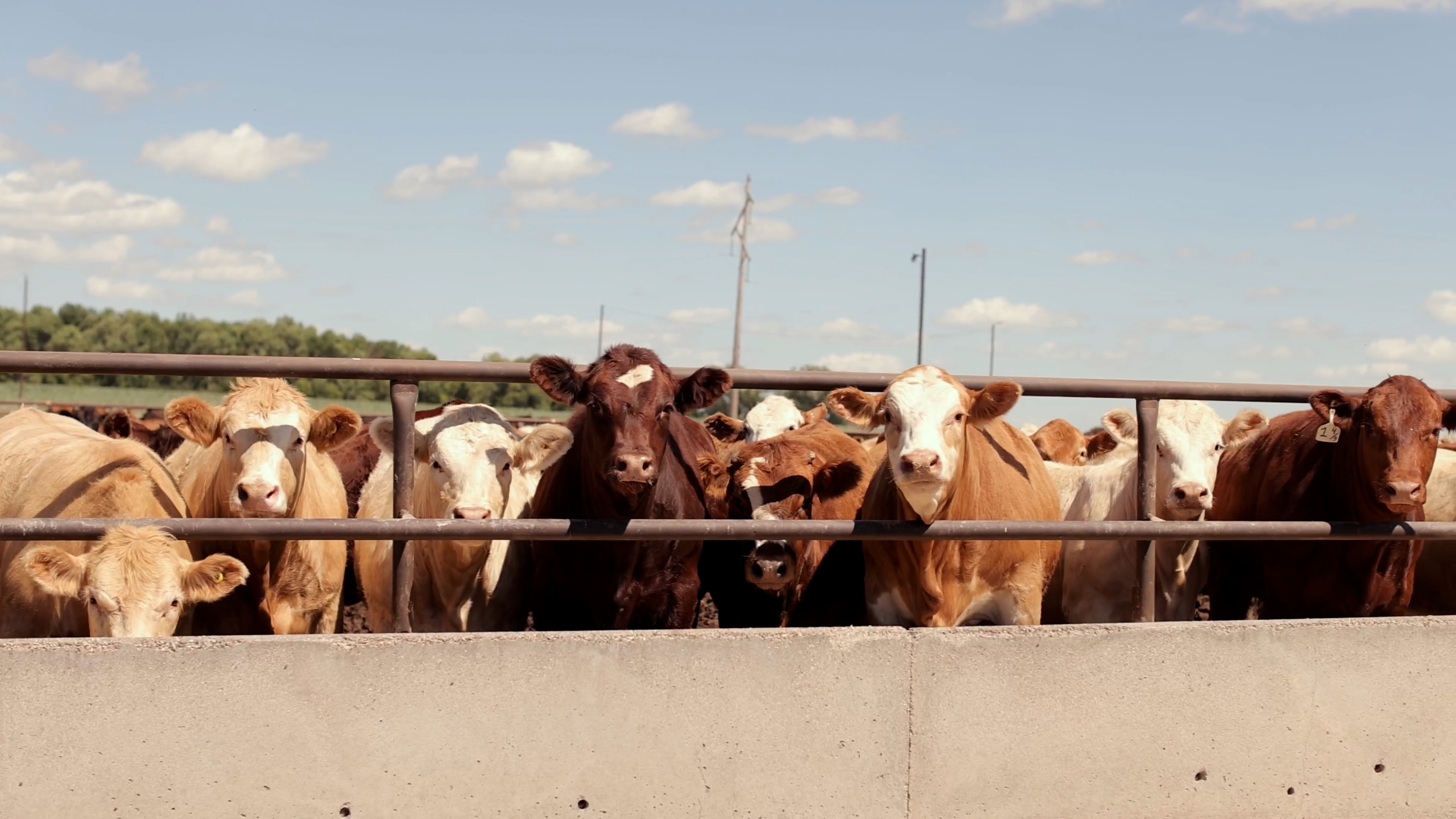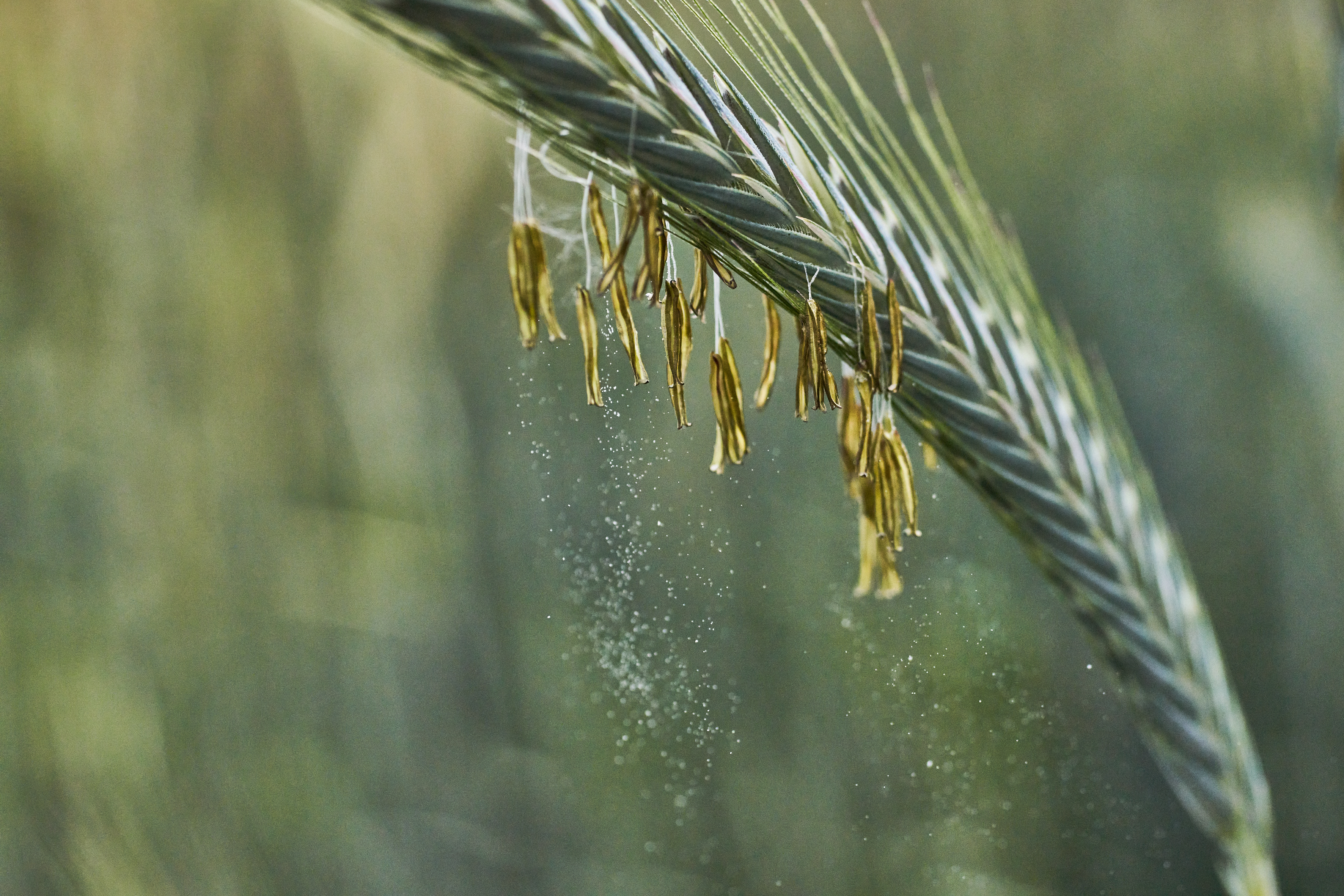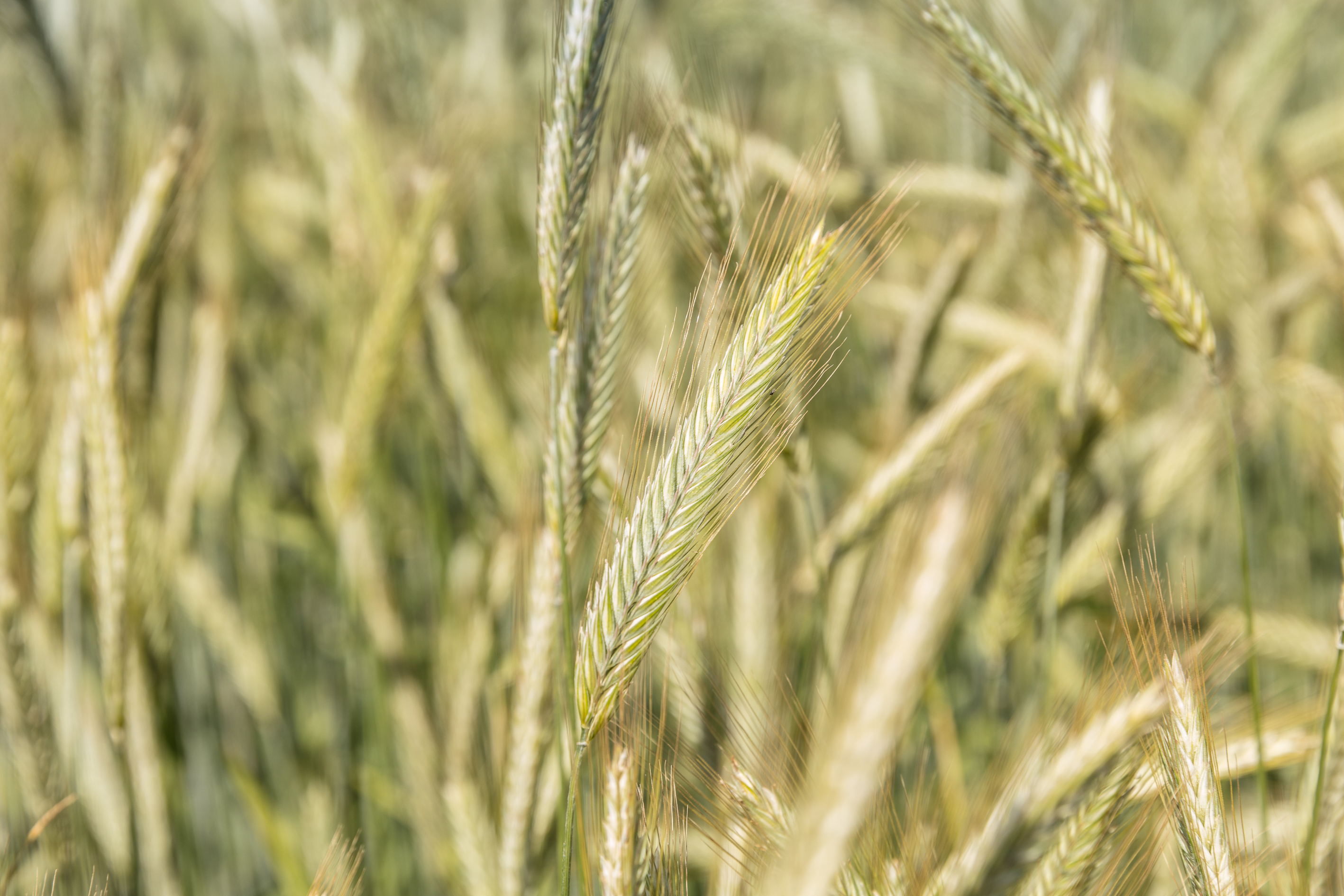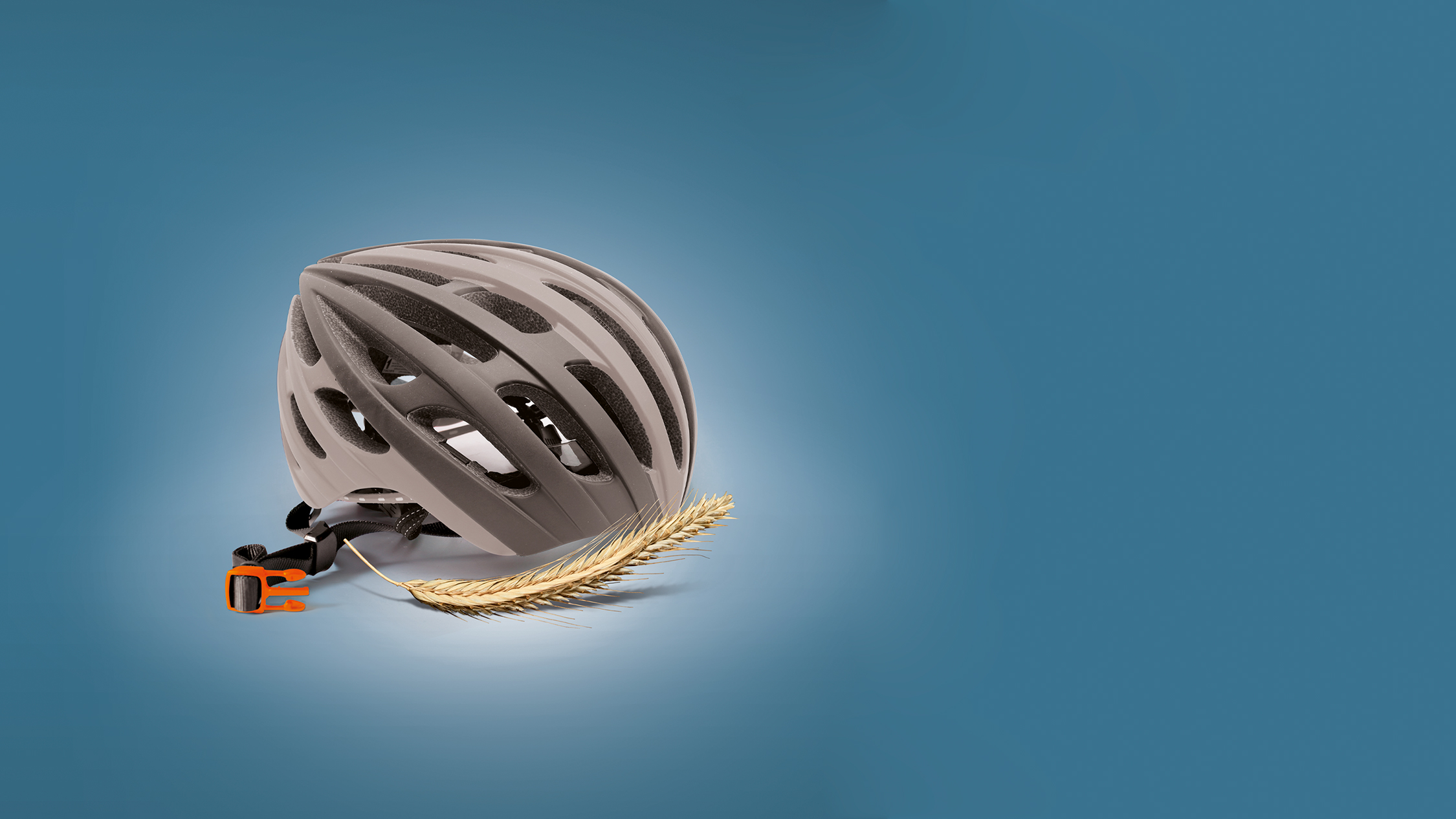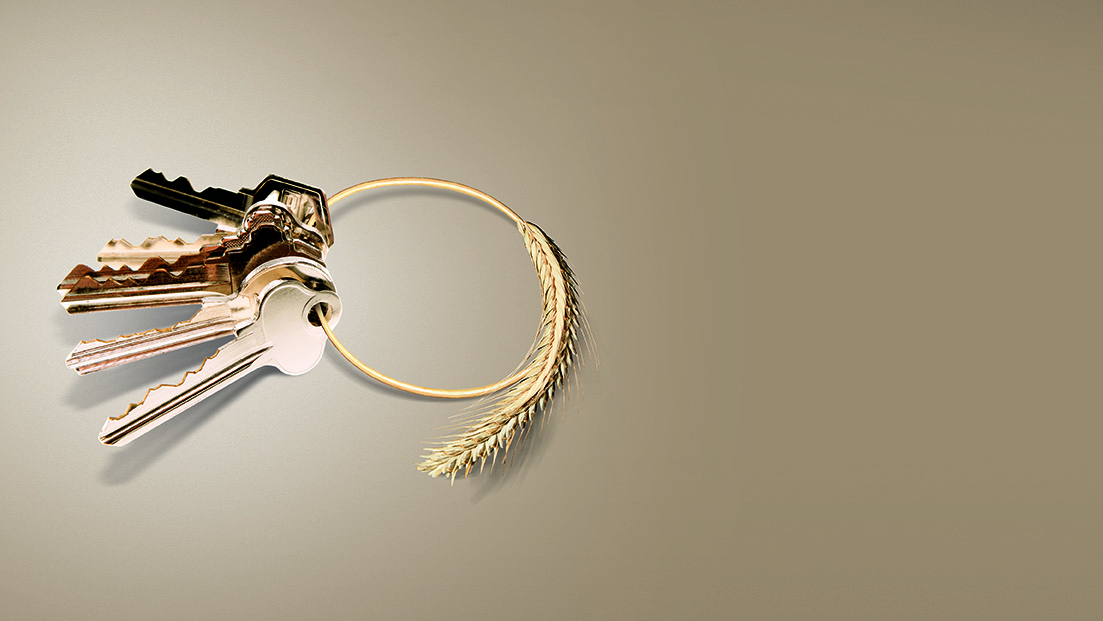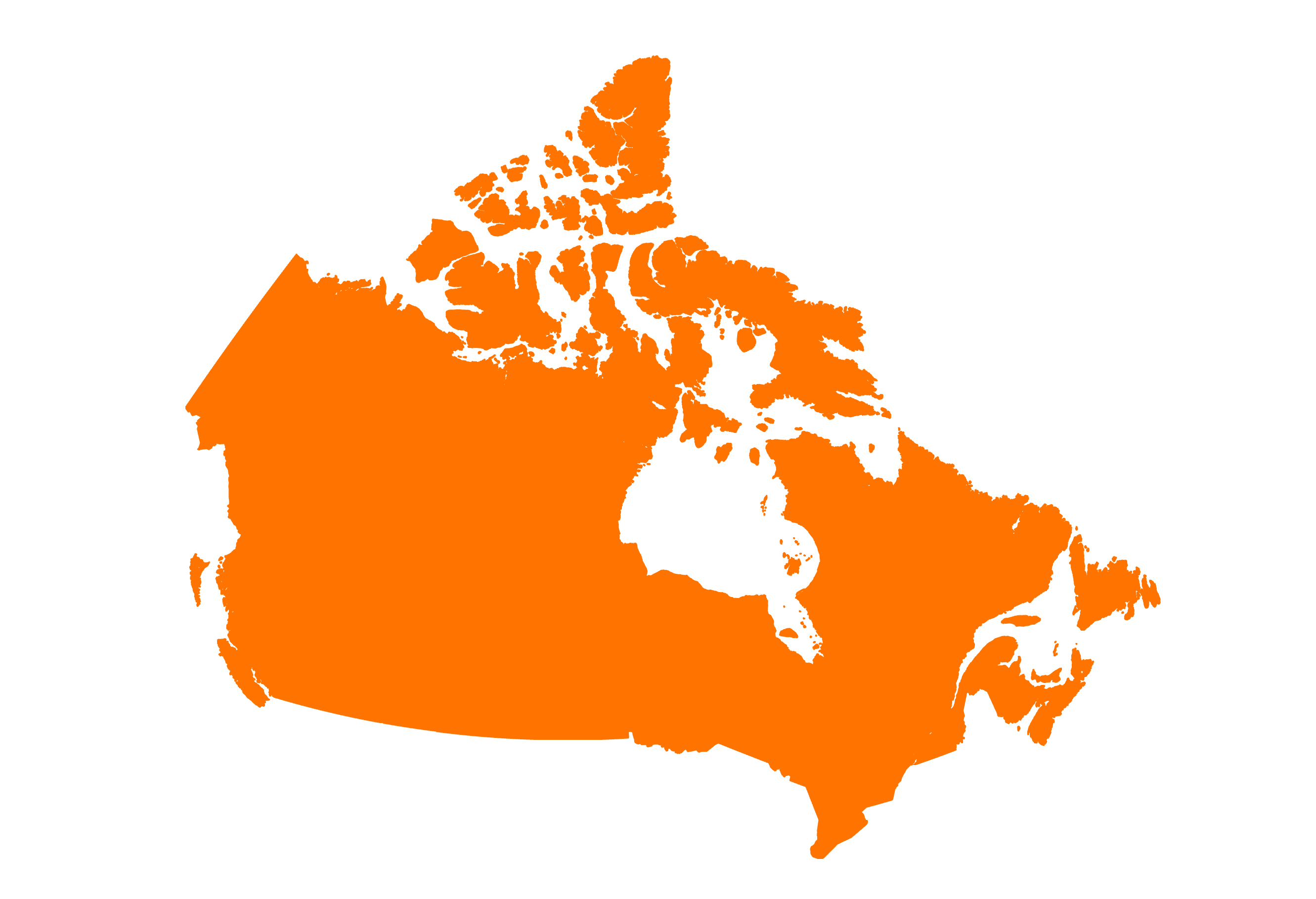KWS AVIATOR
Bred for Forages - Tall & Early
Variety Highlights
- Top forage yields
- Tall biomass structure
- Earliest spring emergence
- Unsurpassed winter hardiness
End Use Market
- Forage
KWS AVIATOR provides ruminant livestock producers with an earlier harvested product, and when used in rotation with other forage crops it will extent the forage harvest season.
Downloads
Forage Production Test Data
| KWS AVIATOR | KWS PROGAS | KWS PROPOWER | |
|---|---|---|---|
|
Early Cut (Flag Leaf – Boot) MT/AC @ 35% DMY |
7.22 | 6.56 | 6.17 |
|
Late Cut (Milky – Soft Dough) MT/AC @ 35% DMY |
12.04 | 11.20 | 11.62 |
Source: Third Party USA Rye Trials – Kansas City, KS | Hayes, KS | Scandia, KS | Cornell U, NY | SDSU, SD | 2021-2022
Agronomy Co-op Test Data
| KWS AVIATOR | Average of Hybrid Rye Check Varieties | |
|---|---|---|
| Winter Hardiness | 91% | 81% |
| Height | 103cm | 92cm |
Source: Fall Rye Cooperative Registration Trials 2016-17, 2017-18, 2018-19
KWS RyeGHT Seeding Practices Forage Production for Western Canada
Hybrid fall rye can be an easy crop to grow and success of growing is primarily achieved from having strong stand establishment in the fall. These practices will optimize both performance and consistency year after year, starting with the most important first.
The standard seeding rate is 1 unit/ac under normal conditions
August 15-31
Seed at 1 unit/ac into a firm seedbed to achieve 5-6” shoot growth with 6-8 tillers/plant. Under irrigation or optimal soil moisture conditions 0.8 units/ac may be used
September 1-15
Seed at 1 to 1.1 units/ac into a firm seedbed to achieve 3-5” of shoot growth with 4-5 tillers/plant. Under irrigation 0.8 units/ac may be used.
September 15-25
Seed at 1.1 to 1.2 units/ac into a firm seedbed to achieve 2-3” of shoot growth with 2-3 tillers/plant. Under irrigation 1 unit/ac may be used.
.jpg)
